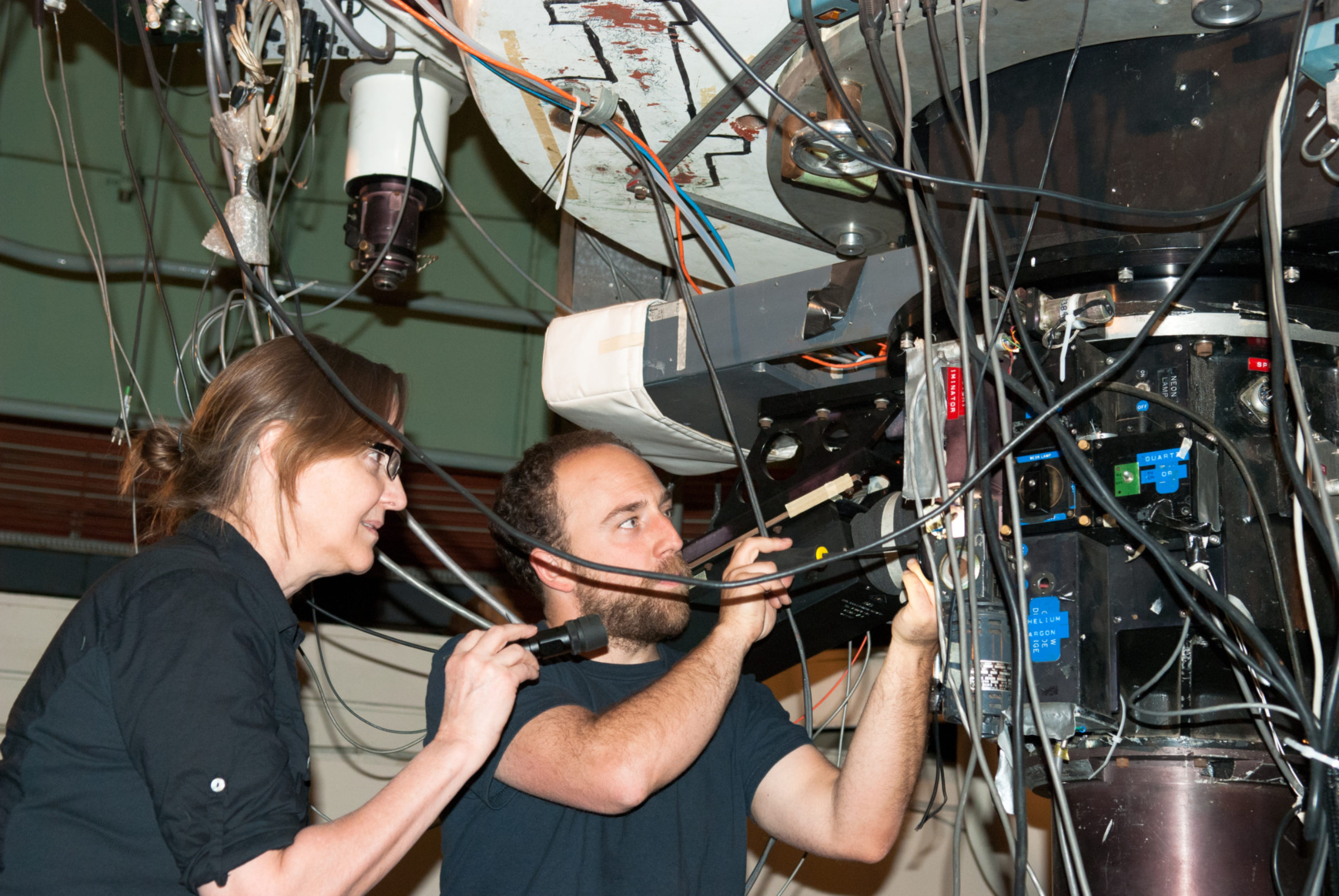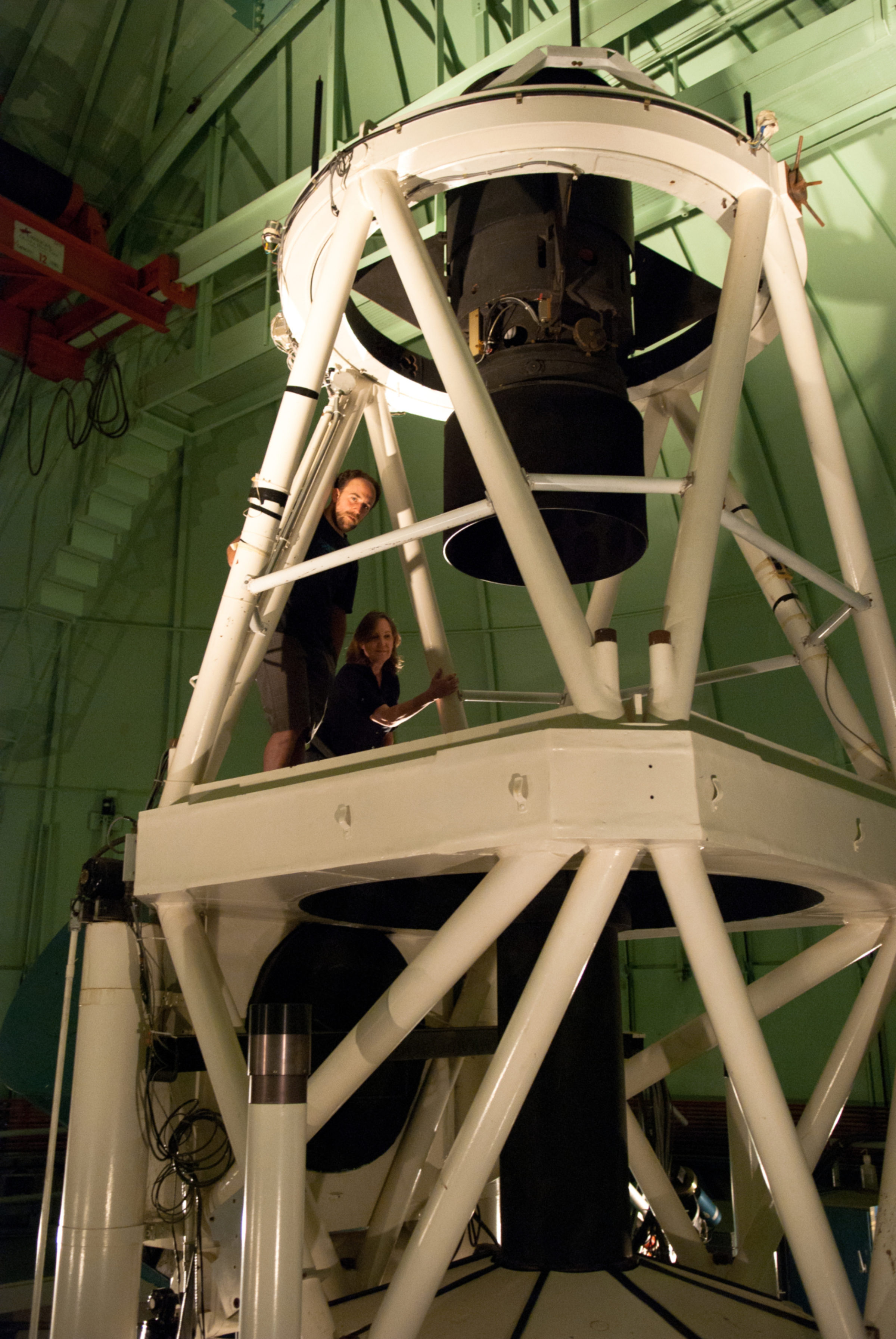Bruce Betts • Apr 24, 2012
Planets around Alpha Centauri?
Do planets circle our closest stellar neighbors, the system loved by science fiction: Alpha Centauri? We don’t know. But, Debra Fischer, Julien Spronck, and their colleagues at Yale University, in part with Planetary Society support, are trying to find out.
As background, The Planetary Society has been supporting Fischer’s FINDS (Fiber-optic Improved Next-generation Doppler Search) Exo Earths projects. Using our support, they have built and installed a fiber optic “scrambler” on the 3 meter Lick Observatory telescope in California. Their new system has yielded much greater stability and precision in their planet hunting there.
Using what they have learned, they are in the process of miniaturizing their fiber scrambler system for use on a 10 meter telescope at Keck Observatory in Hawaii. They also have produced several technical publications and presentations based on what they have learned in developing the FINDS system, helping the whole planet hunting community.
Now, they have taken what they learned in FINDS development and developed a new fiber scrambler, as part of a whole new spectrometer system, on the 1.5 meter telescope at the Cerro Tololo Inter-American Observatory (CITO) in Chile. The throughput of the instrument (percentage of light getting through the system) is one of the highest if not the highest of any planet hunting system. As a southern hemisphere site, CITO can see Alpha Centauri, which consists of a sun-like star (Alpha Centauri A), and a somewhat smaller cooler star (Alpha Centauri B), and a much smaller star that is far from the other two (Proxima Centauri). Both A and B are very bright thanks to their inherent brightness and particularly due to their “closeness” to us of about 4 light years. What that means is you can use a smaller telescope like at CITO to look for planets as long as you have the right back end equipment. And, with a “small” telescope, telescope time is cheaper and you can get a lot more of it than on a big telescope, which is great for planet hunting which is best done with lots of observations.

Stay tuned for what Debra, Julien, and their colleagues find. In the mean time, you can learn more by listening to the recent Planetary Radio interview with Debra Fischer.
Debra, Julien, and their team can use your help. Consider supporting their need to buy telescope time.

Let’s Go Beyond The Horizon
Every success in space exploration is the result of the community of space enthusiasts, like you, who believe it is important. You can help usher in the next great era of space exploration with your gift today.
Donate Today

 Explore Worlds
Explore Worlds Find Life
Find Life Defend Earth
Defend Earth

